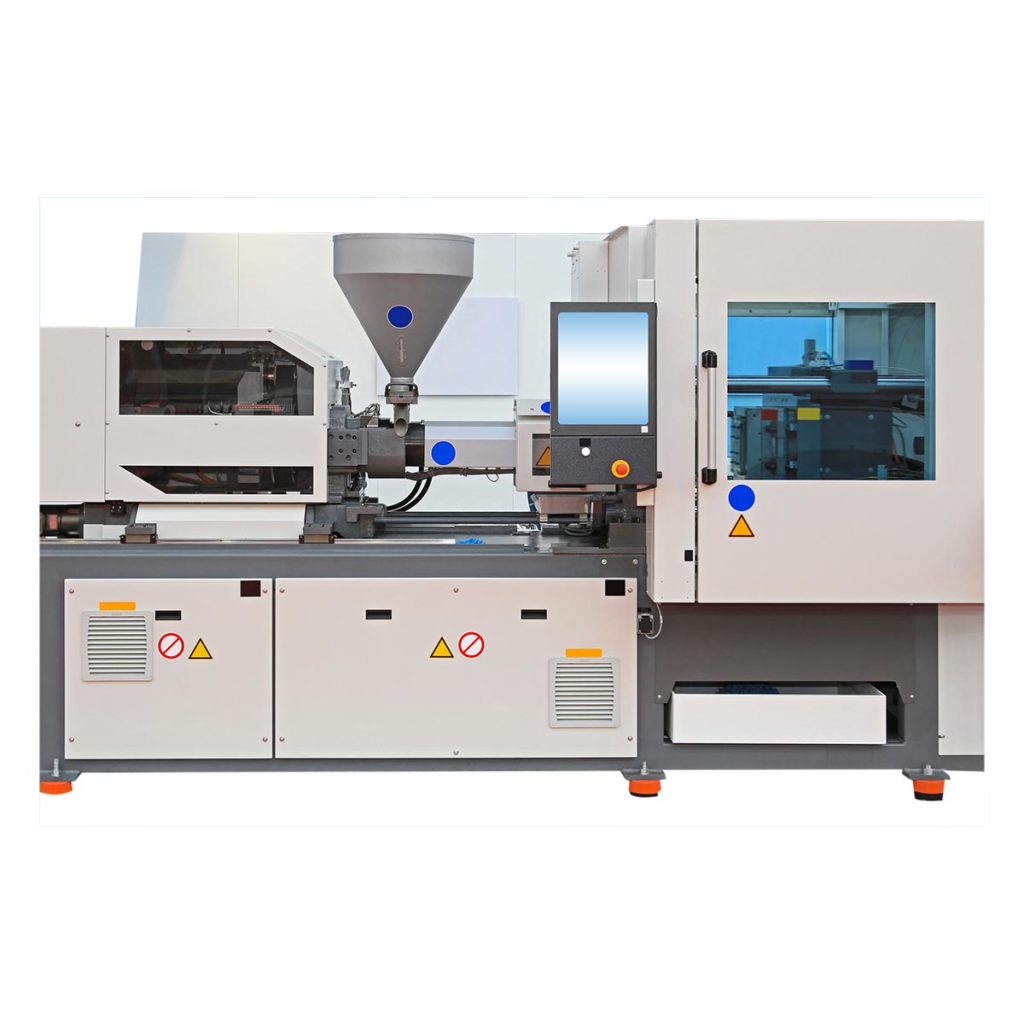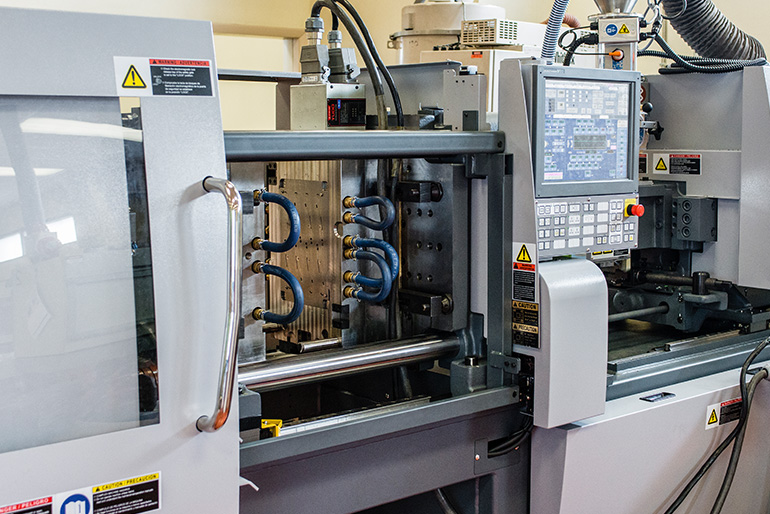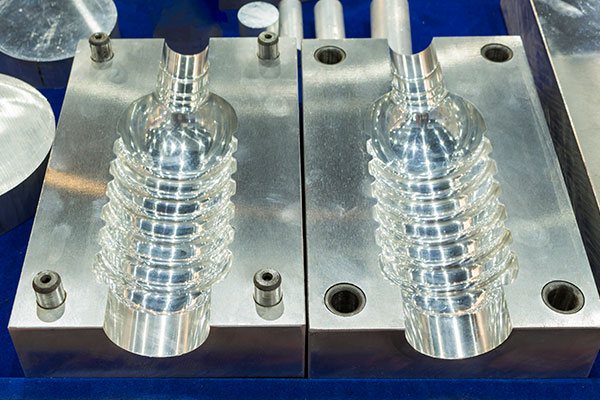The Benefits of Using Plastic Injection Molding for Custom Components Production
The Benefits of Using Plastic Injection Molding for Custom Components Production
Blog Article
Comprehending the Basics of Plastic Injection Molding Processes
Plastic shot molding offers as a keystone of modern-day production, giving a systematic technique to creating intricate parts with accuracy. Discovering these essential components could expose exactly how even minor adjustments can lead to substantial renovations in production end results, elevating inquiries regarding the possibility for advancement in this established procedure.
What Is Plastic Shot Molding?
Plastic injection molding is an extensively made use of manufacturing procedure that transforms polycarbonate and thermosetting materials right into specific and complex shapes. This strategy is preferred for its capability to create high volumes of similar components with extraordinary precision, making it a vital technique in numerous industries, consisting of automotive, customer goods, and medical devices.
The process includes thawing the chosen plastic product and infusing it right into a mold and mildew under high pressure. The mold and mildew, designed to the specs of the preferred component, enables the liquified plastic to take form as it solidifies and cools down. When the material has hardened, the mold is opened up, and the finished element is expelled.
Plastic injection molding supplies numerous advantages, including lowered waste, consistency in production, and the capability to integrate elaborate layouts that might be challenging with other manufacturing techniques. Furthermore, it supports a broad variety of materials, each supplying special residential or commercial properties that can be tailored for details applications. As markets proceed to innovate, plastic shot molding continues to be at the forefront, making it possible for the advancement of innovative items that satisfy developing customer demands.
The Shot Molding Process
The shot molding procedure is an innovative strategy that includes numerous essential phases to produce high-quality plastic parts. Plastic pellets are fed into a warmed barrel where they are melted into a thick fluid. This molten plastic is after that infused under high pressure into a precision-engineered mold and mildew, which shapes the product into the desired form.
Once the mold is filled, the plastic is enabled to cool down and strengthen, taking the shape of the mold and mildew tooth cavity. Air conditioning time is important, as it affects the cycle time and the final residential properties of the shaped part. After sufficient air conditioning, the mold and mildew opens up, and the finished component is ejected making use of ejector pins.

Materials Utilized in Shot Molding
Numerous materials can be used in the shot molding procedure, each offering special homes that accommodate particular applications. One of the most typically used products consist of thermoplastics, thermosetting plastics, and elastomers.

Thermosetting plastics, like epoxy and phenolic materials, go through a chemical modification during the curing process, leading to a rigid, stringent structure. These materials are optimal for applications needing high warmth resistance and architectural stability, usually made use of in automotive parts and electric insulators.
Elastomers, consisting of silicone and rubber-based products, provide flexibility and strength. Their unique homes make them appropriate for applications that require elasticity, such as gaskets and seals.
In addition, specialty products like bio-based plastics and composites are gaining grip for their ecological advantages and boosted performance characteristics, widening the range of injection molding applications in various sectors. Understanding the residential or commercial properties of these products is critical for selecting the ideal kind for certain tasks.
Benefits of Injection Molding
Injection molding stands apart as a highly effective production process that supplies numerous advantages for creating complex parts with precision. Among the most significant benefits is the ability to produce intricate layouts that would be difficult or tough to attain with other approaches (Plastic Injection Molding). The procedure enables comprehensive functions and limited resistances, guaranteeing high-quality parts
Furthermore, injection molding is known for its quick manufacturing capacities, making it an ideal option for high-volume production. Once the mold is created, components can be generated promptly, decreasing lead times and boosting total productivity. This effectiveness not only lowers manufacturing costs but additionally supplies an one-upmanship on the market.
The adaptability of products used in shot molding even more enhances its allure. A wide variety of thermoplastics and thermosetting polymers can be used, enabling makers to select products that ideal meet their specific requirements, including warm, adaptability, and toughness resistance.
Moreover, the procedure decreases waste, as excess material can commonly be reused and reused. This sustainability facet adds to a minimized ecological effect, making injection molding an accountable manufacturing selection. In general, the advantages of injection molding make it a recommended approach for lots of markets.
Variables Affecting Item Top Quality
While countless aspects can affect item quality in shot molding, comprehending these aspects is vital for accomplishing optimum outcomes. Secret aspects include material selection, processing criteria, and mold design.
Product selection plays a vital function, as various polymers exhibit distinct residential properties that affect flowability, toughness, and thermal security. Poor product choice can bring about flaws such as warping or insufficient dental filling.
Handling parameters, including cycle, stress, and temperature level time, have to be these details thoroughly controlled. Variations in these setups can cause inconsistencies partially dimensions and surface coating. For example, excessively heats might create deterioration of the polymer, while inadequate pressure can lead to brief shots.
Mold design is similarly vital, as it figures out the flow of the molten plastic and the cooling process. Badly developed mold and mildews may bring about irregular air conditioning rates, leading to recurring tensions and dimensional mistakes.

Verdict
To conclude, plastic injection molding acts as a crucial manufacturing process that enables the effective production of high-quality elements. Mastery of the injection molding process, consisting of the understanding of materials and the impact of numerous elements on item quality, is important for achieving ideal results. The benefits of this technique, such as cost-effectiveness and layout versatility, further highlight its importance across my latest blog post numerous sectors, solidifying its status as a recommended selection for high-volume production.
Plastic injection molding offers as a foundation of modern-day production, giving a systematic method to generating intricate parts with precision.Plastic shot molding provides several advantages, consisting of decreased waste, consistency in manufacturing, and the ability to incorporate complex designs that may be challenging with various other making approaches (Plastic Injection Molding). As sectors continue to innovate, plastic shot molding remains at the center, enabling the advancement of innovative products that meet evolving customer demands
The shot molding procedure is a sophisticated technique that entails a number of crucial phases to generate high-quality plastic components.In verdict, plastic shot molding offers as a crucial manufacturing procedure his explanation that makes it possible for the effective manufacturing of high-quality components.
Report this page